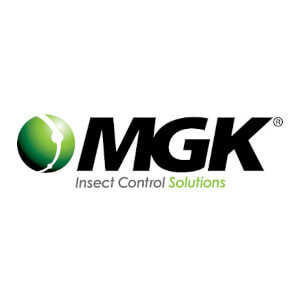I am often asked to identify insects for people and while it can be a challenge, it is something I truly enjoy! After all, correct ID is an integral part of control.
Spring is the perfect time to start fly control in animal production facilities (hint: IGRs!) but how do you know what fly to treat for? Not all insecticides on the market are labeled for all species of filth flies; some may only be labeled for house flies, while others are labeled only for biting flies.
Fly behavior (horn flies rarely leave their host!), feeding habits (biting or sponging mouthparts?), and biology (complete metamorphosis, anyone?) are just a few considerations we make when labeling an insecticide. Other attention is paid to how the product will be applied to the animal or where on the farm or ranch the product will be used.
Correctly identifying the filth fly you are dealing with in your production system will help to target the approach you take for control, saving you time, money, and frustration.
Flies are one of the most commonly encountered pests around the globe, living in close association with humans and confined animals. Filth flies are more than just an inconvenience in livestock facilities; they are devastating to the herd in the form of weight and production losses, and death to animals through insect-vectored disease pathogens. Correctly identifying the filth fly present in your facility is integral to control.
House Fly
Musca domestica
6-9 mm long
House flies are ⅛- to ¼-inch long and dull gray in color with four distinctive dark stripes on the back of their thorax. The female house fly’s abdomen is checkered grey and black on top with yellow coloring on the sides. They have two wings. The head is dominated by non-biting, sponging mouthparts and large, red/brown compound eyes surrounded by a light gold stripe. A pair of short antennae emerge from between the eyes.
Face Fly
Musca autumnalis
6-10 mm long
Face flies are often confused with house flies due to their grey thorax with four black stripes. However, face flies are smaller in size at only 1/4 to 1/3 of an inch long. The female face fly’s abdomen has a characteristically yellow patch on the bottom of the first abdominal segment. The male face fly’s abdomen has a distinct, black longitudinal band along the midline and bright yellow sides. They have two wings. Face fly adults have non-biting, sponging mouthparts. A pair of short antennae emerge from between the eyes.
Stable Fly
Stomoxys calcitrans
5-7 mm long
Stable flies are ⅛- to ¼-inch long and brownish-gray in color with a greenish-yellow sheen and checkered abdomen. Additionally, they can be identified by the 7 black circular spots on their abdomen. They have two wings. Stable fly adults have biting (piercing-sucking) mouthparts. A pair of short antennae emerge from between the eyes.
Horn Fly
Haematobia irritans
3-5 mm long
Horn flies are 3/16th of an inch long and dark gray in color with an iridescent sheen. They have two wings. Horn fly adults have biting (piercing-sucking) mouthparts. They can be identified by their small size and specific relationship to livestock hosts. A pair of short antennae emerge from between the eyes.

